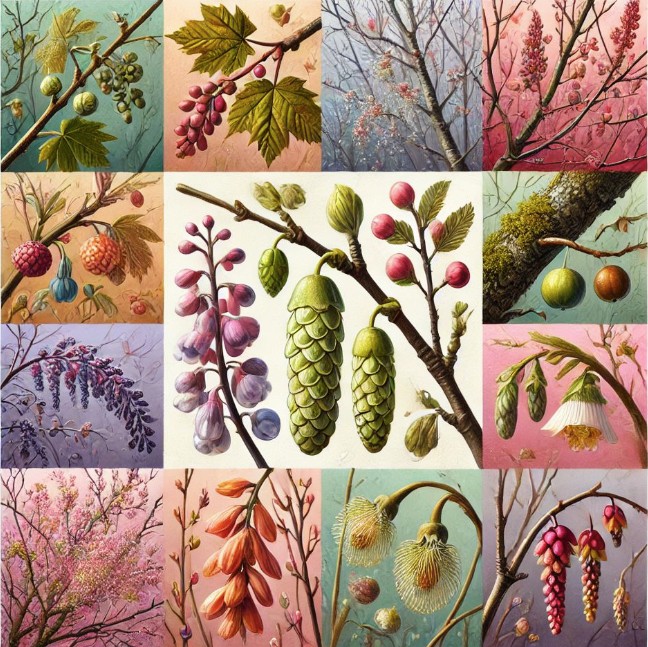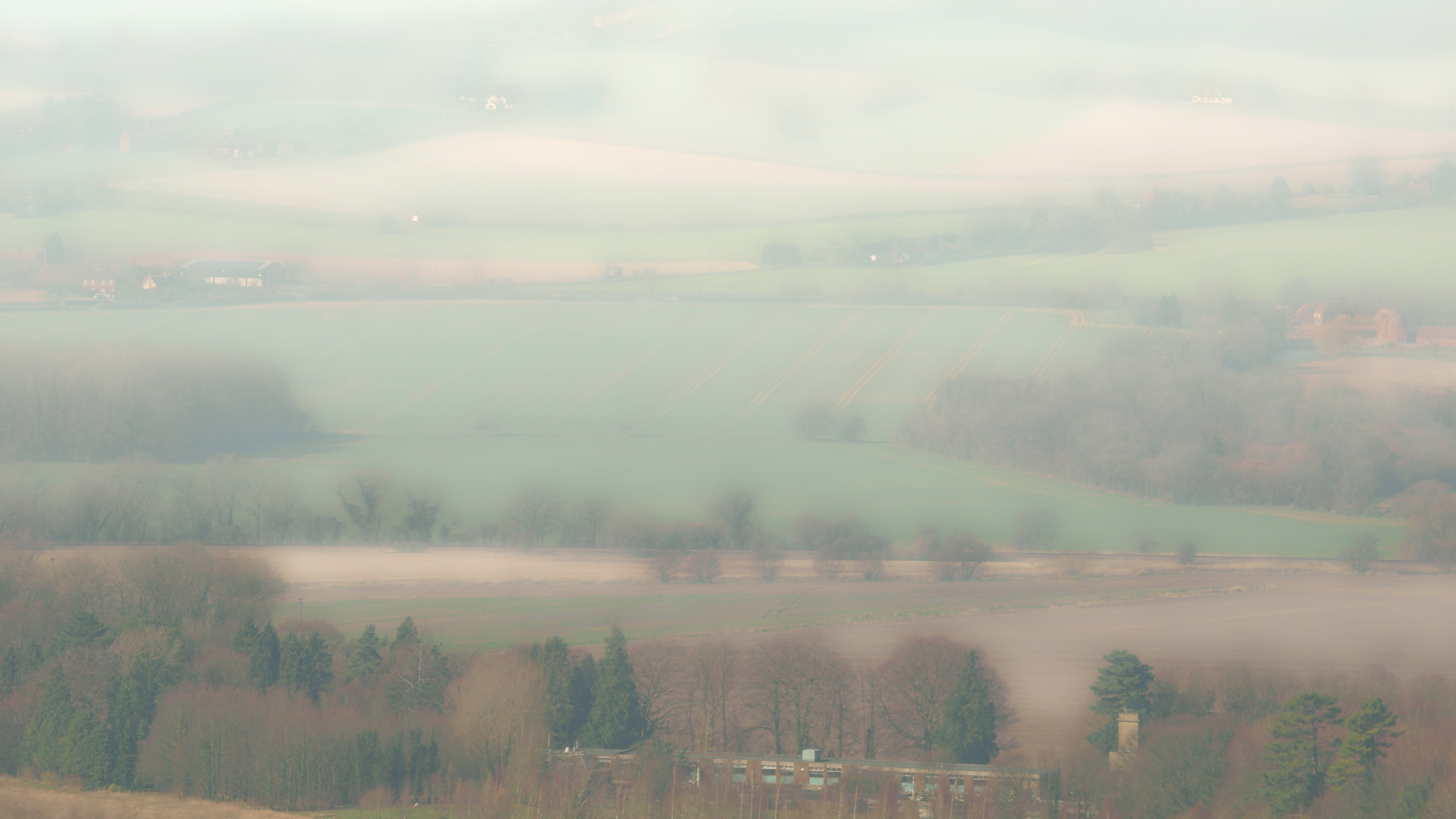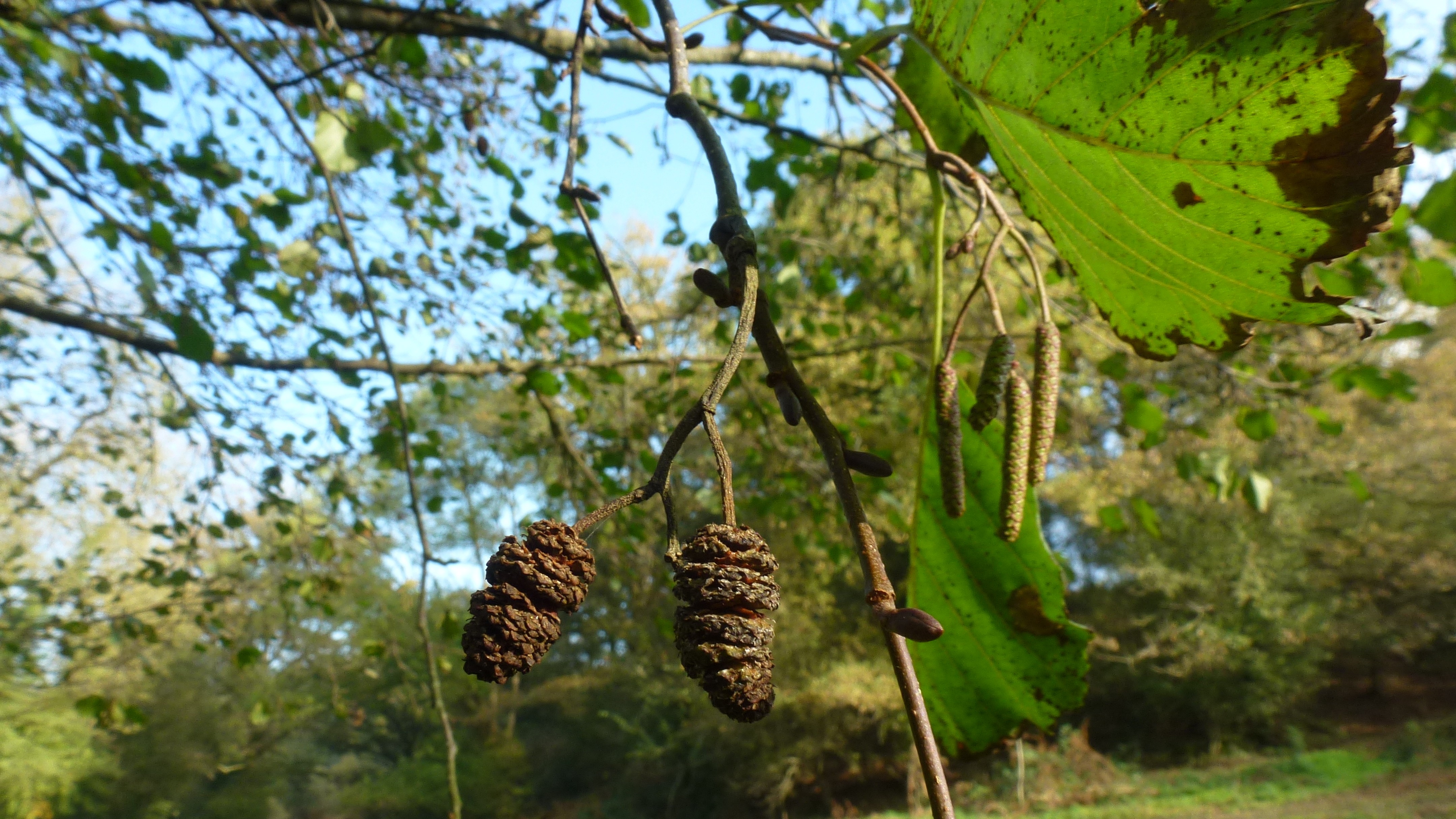As February draws to a close, nature offers a subtle yet profound sign of spring's approach. Join us on February 17th to uncover the fascinating phenomenon of sap rising in trees and plants. Learn how this invisible process transforms the landscape, causing buds to swell and colours to soften. Discover the intriguing details of how sap movement heralds the coming of spring and the unique characteristics of alder trees during this time. Don't miss this insightful exploration into one of nature's quietest yet most significant events. Mark your calendars and prepare to witness the silent awakening of the natural world!
At the end of February there is yet another, often missed, sign of spring to come. Silently and invisibly, sap starts to rise in the vegetation across the landscape. Although sap is always moving, it speeds up considerably at this moment of the year. Starch, laid down earlier, now gets converted to soluble sugars; and at the same time root tips once again start absorbing water. There are still no leaves to speed up the process by transpiration, but sap starts rising even so. Consequently trees cut at this time ‘bleed’ and, in some cases, can ‘bleed to death’. In America, sugar maples start to be tapped for their syrup. The intermittent cold and then warm conditions there causes some contraction and expansion of the trunk, which is thought to increase the flow of syrup and occasionally cause tearing sounds to be heard in other trees. Conditions are not quite conducive enough for this to happen in London although there are maples other than the sugar maple Acer saccarum that produce syrup.
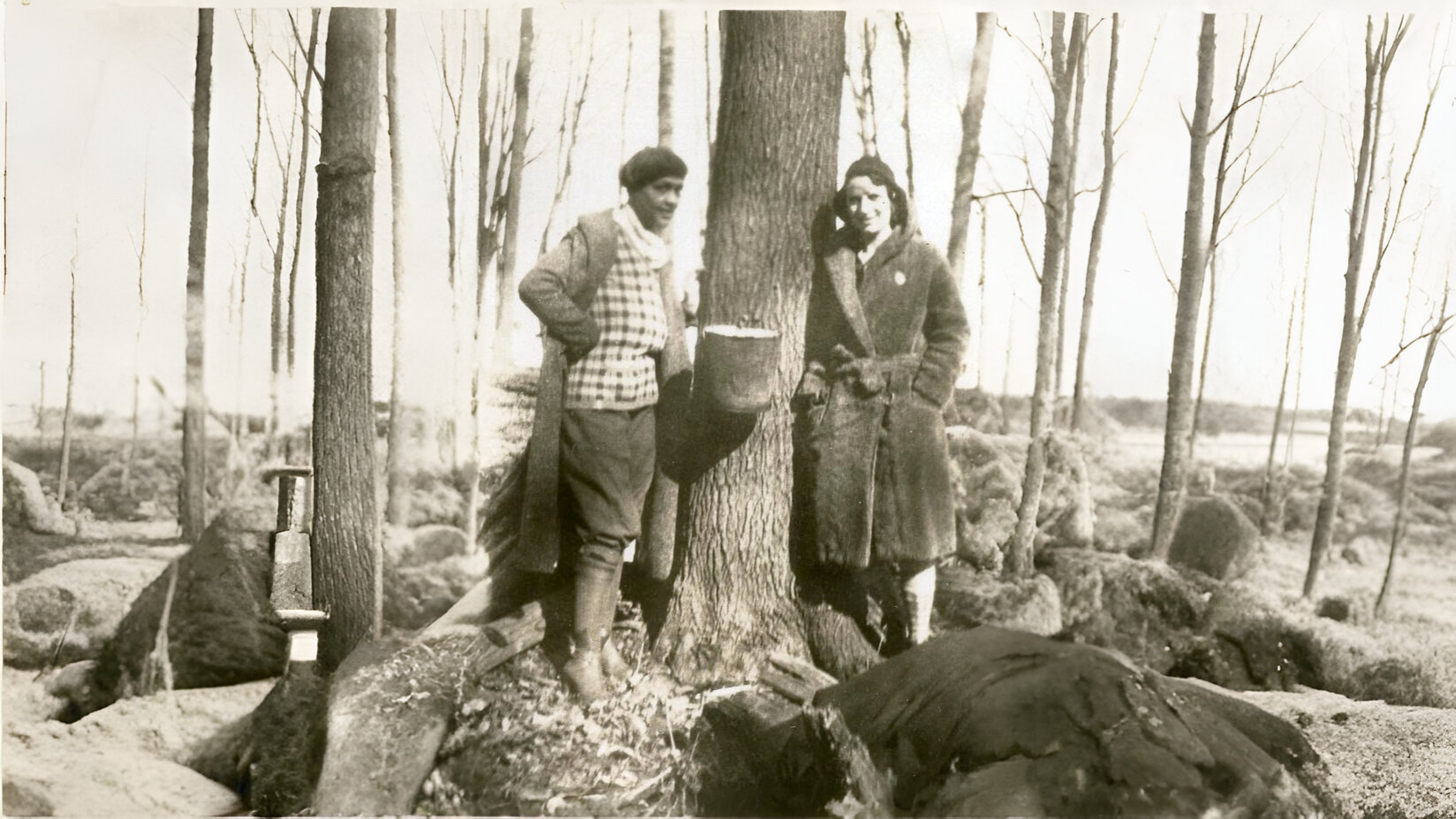
The first noticeable sign that sap is rising is that buds everywhere start changing shape. Green sycamore buds, coral lime buds, golden willow buds, purple alder buds and even the red buds on roses all begin to get larger and change colour slightly. The result is that the colours in the whole landscape all soften, perhaps for only a few days, prior to millions of buds bursting. For this short period, winter silhouettes are not so stark and the sheen of various trees and shrubs gets blurred slightly due to the vast number of swollen buds. This softening of colours across the whole landscape announces quietly that spring is slowly and inexorably advancing.
Alder trees, although leafless, are now at their most attractive and noticeable. There is a good collection around the lake at Kew showing a range of subtle colours as their catkins develop. The one most often seen is our native alder Alnus glutinosa which is now developing purplish female flowers as well as red and yellow male catkins.
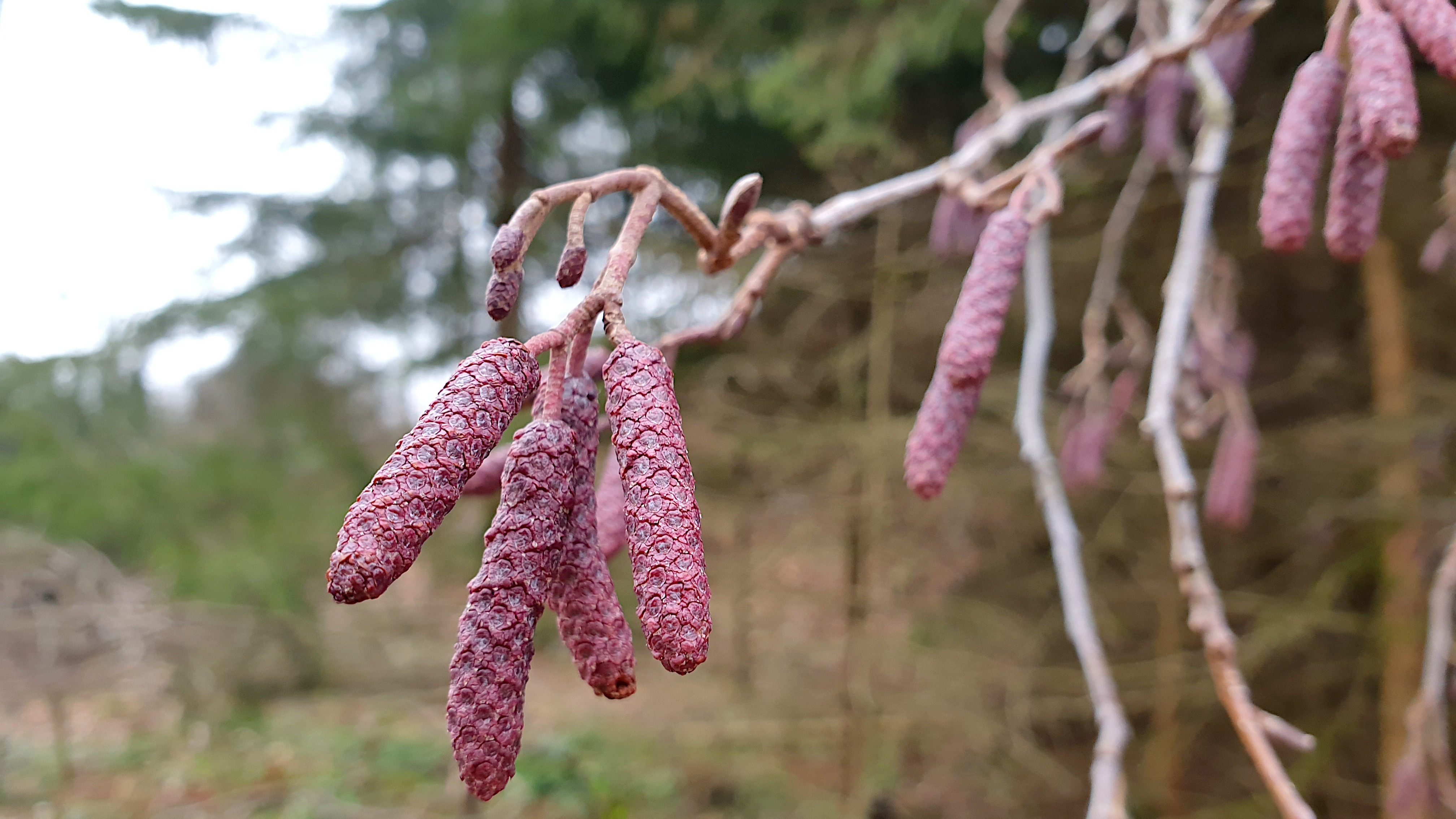
These trees are common beside rivers throughout London. In the streets, a more spectacular relative, the Italian alder A. cordata, is equally common and now showing off neat bundles of three or four long, greenish-yellow catkins set among last year’s false cones. These false cones are more darkly coloured, and about the size of a quail’s egg. Our native alder has, in the past, been regarded with some suspicion. When the tree is cut it bleeds a bright reddish orange sap, which was thought to be its blood. Elsewhere the tree was thought to be the personification of the elf king, and have a malign influence. Alder trees were also believed to guard the river which they bordered.
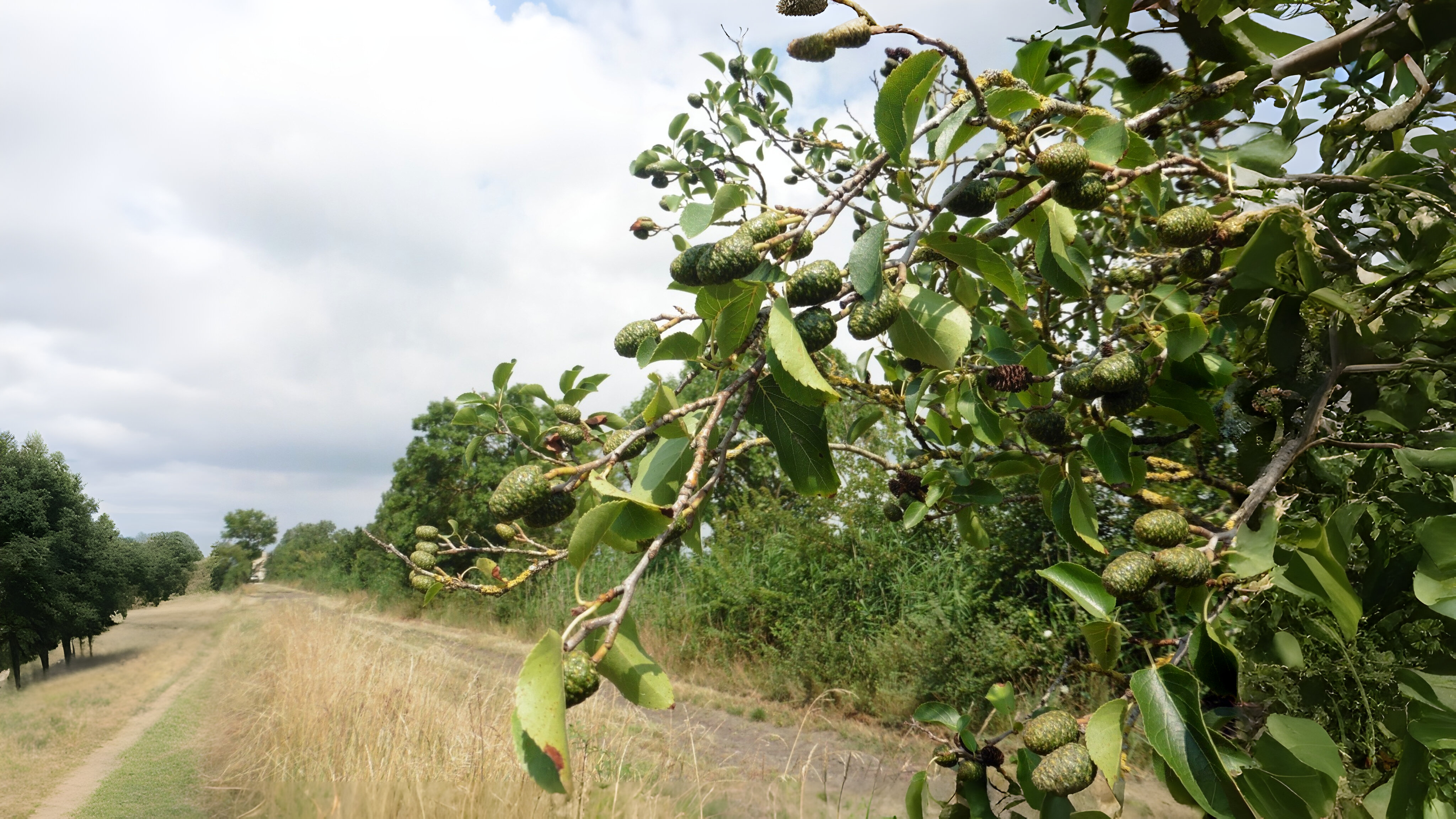
For these reasons, although alder wood is hard and durable, especially in wet conditions, it was hardly ever used in Britain. In Italy, it was used to prop up Venice whereas here we just tended to make clogs out of it. Two rare cut-leaved forms of the common alder ‘Imperalis’ and ‘Laciniata’ can be found in Regent’s Park and an excellent weeping alder Alnus incana ‘Pendula’ and oriental alder A. orientalis in Woodcock Park, Kenton. Alders really prefer to grow in swamps where they can soar to forty feet or more creating dark brown impenetrable woods with a surprisingly rich understorey. Although these do not occur in London any more due to drainage, there is one that is well visited just south of London in Ashdown forest. It surrounds the bridge where Pooh bear played ‘sticks’ with his friends and where many Londoners still bring their children to do the same.
